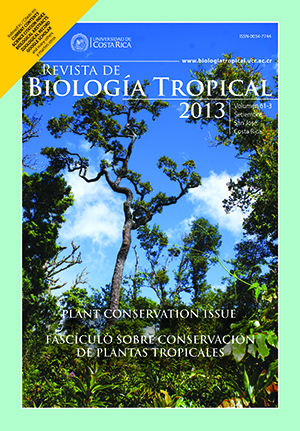Abstract
The Paraguayan caiman (Caiman yacare) is the main Caimaninae species occurring in the Brazilian Pantanal Wetland. Despite the relative availability of works focused on biology and conservation of the Paraguayan caiman, almost nothing is known about its vocal structure and behavior. We recorded aggressive calls of adult caiman females guarding nests and, afterwards, the distress calls of the new born juvenile caimans in seasonally flooded areas of the Nhecolândia (Southern Pantanal). The results of both observations and sonographic analyses diverged from studies with other crocodilian species. Aggressive vocalization of adult females of the Paraguayan caiman was longer and more complex than the same vocalization of larger Alligatoridae species. Vocalizations of the young caimans presented interspecific differences with other crocodilian offsprings. Moreover, we found statistically significant intraspecific variation in the distress call structure among different pods, even separated by few kilometers. Differences in distress call structure were tested by Canonical Discriminant Analysis (CDA). We obtained the squared Mahalanobis distances between the acoustic multivariate spaces of each pod provided by the CDA and compared with the geographic distance between the bays of origin of each pod through Mantel Test. The geographic distance by itself did not explain the differences found in the structure of the vocalization of young caimans from different pods. The adult females of Paraguayan caiman positively responded to playbacks of calls from juvenile caimans from pods of other regions, as well as to rough imitations of distress call. Since the adult caimans showed protective responses to quite heterogeneous vocalizations of distress by juveniles, we hypothesized that the variation in the distress call pattern may be associated to a low specificity in sound recognition by adult caimans.##plugins.facebook.comentarios##
Downloads
Download data is not yet available.






